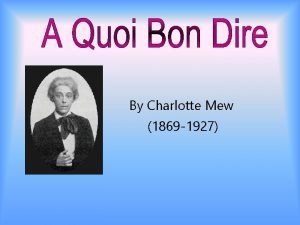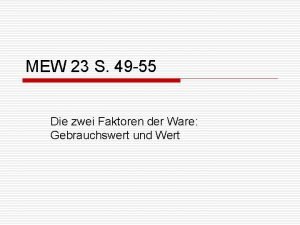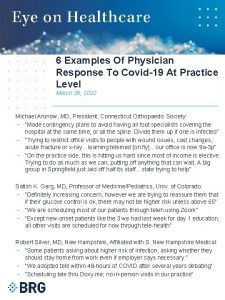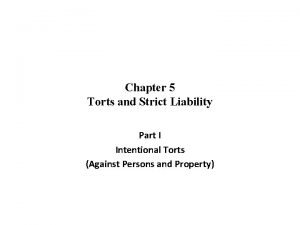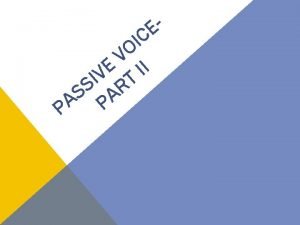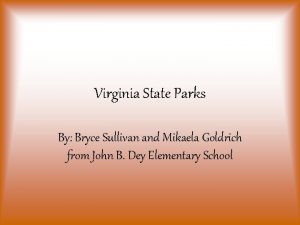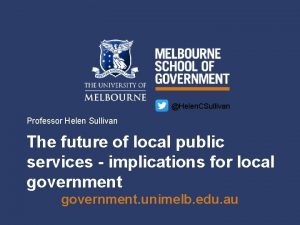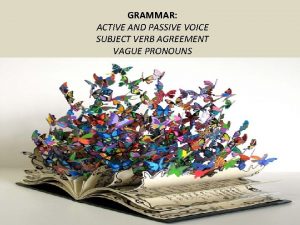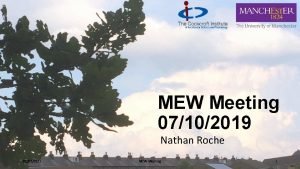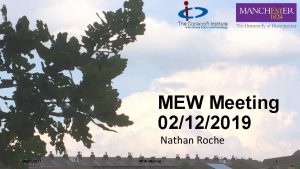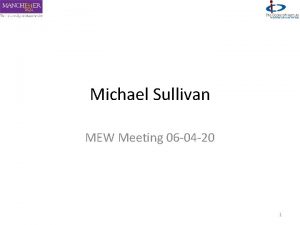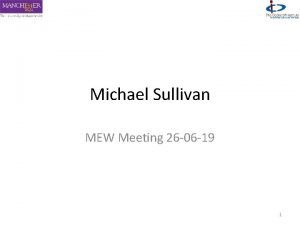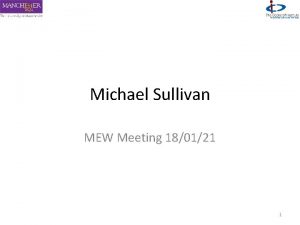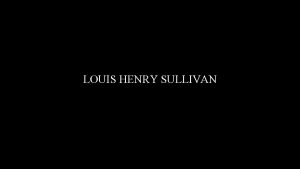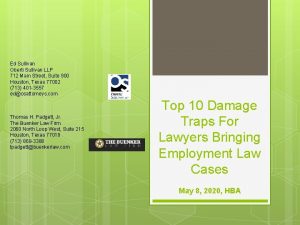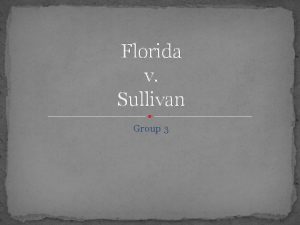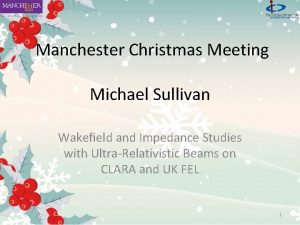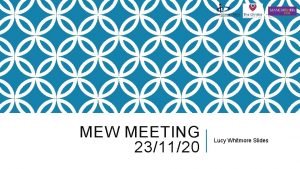Michael Sullivan MEW Meeting 06 04 20 1















- Slides: 15

Michael Sullivan MEW Meeting 06 -04 -20 1

Overview/Motivation • Gave presentation to CLARA/UKFEL Group. • Reproduced GLC/NLC X-Band Cell C Kick using TRANSVRS. • Kick factors for the Eu. PRAXIA structure have been found using TRANSVRS and the lowest dipole kicks have been compared to those found by HFSS to see how well they agree. • Lowest 10 bands have been found in TRANSVRS with iris thickness varied to see how bands behave. • Wakefield for Eu. PRAXIA Double Chain Linear Distribution calculated (Gaussian distribution in progress!). 2

Higher Order Modes -> TRANSVRS • TRANSVRS is a code which swiftly calculates the eigenfrequencies, loss factors and group velocities of dipoles modes in a periodic disk-loaded structure • Reproduced GLC/NLC X-Band Design results for Cell C with good accuracy. • Will go on to use this to study HOMs for the XARA X-Band Design. 3

Eu. PRAXIA TRANSVRS Kicks • Kicks have been found for the representative cells in the range a = 2 mm 5 mm. 4

Eu. PRAXIA TRANSVRS Kicks • Kicks have been found for the representative cells in the range a = 2 mm 5 mm. 5

Eu. PRAXIA TRANSVRS Kicks • The lowest (first) dipole mode kick and resonant frequency have been plotted as a function of the iris radii. 6

Eu. PRAXIA TRANSVRS Kicks • These have been compared to kicks found via HFSS simulations. • Fairly good agreement! • The TRANSVRS code considers a piecewise structure rather than a rounded structure so I wouldn’t expect them to match exactly! 7

Eu. PRAXIA TRANSVRS Kicks • The strengths of the first 10 bands have been calculated for the representative cells with range a = {2. 0, 2. 5, 3. 0, 3. 5, 4. 0, 4. 5, 5. 0} mm and with an iris thickness t = 2. 0 mm. 8

Eu. PRAXIA TRANSVRS Kicks • Now for a range of iris thickness = 0. 1 mm 4 mm 9

Coupled Wakefields Single Chain Circuit Model Double Chain Circuit Model 10

Coupled Wakefields • After solving the modes from the Eigenmatrix equation, the mode frequencies are plotted: 11

Coupled Wakefields • The distribution of frequencies for the lower and upper bands are shown: • The lower band: • The upper band: 12

Double Coupled Wakefields 13

Coupled Wakefields Comparison • The Double Band Gaussian Distribution is underway! 14

Plan When What 04/05/2020 • Investigate how Kick Factors behave for varying r 0, r 1/r 2 etc to see if these would minimise wakefield. • Complete calulations for Double Band Circuit Model (Gaussian) • Look into possible designs to minimise wakefields. • Resolve issues with calculation of Scmax. Ongoing • Look into Modal Expansion calculations for Impedance of collimators • Attend meetings on XARA 2020 • Potential beam time for S-band linac / Collimator experiments! (Trying to talk to Duncan about what is happening here. ) Late 2020 • Begin writing Thesis! 15
 A quoi bon
A quoi bon Mew 23
Mew 23 Michael sullivan brg
Michael sullivan brg Today meeting or today's meeting
Today meeting or today's meeting Proposal kickoff meeting agenda
Proposal kickoff meeting agenda What is meeting and types of meeting
What is meeting and types of meeting Types of meeting
Types of meeting New york times v. sullivan
New york times v. sullivan Preguntas de monster inc
Preguntas de monster inc Prelazni glagoli primeri
Prelazni glagoli primeri Bryce sullivan
Bryce sullivan Sullivan v. florida
Sullivan v. florida Professor helen sullivan
Professor helen sullivan Dalee sullivan gpa
Dalee sullivan gpa Dennis sullivan md
Dennis sullivan md The hostess received us passive voice
The hostess received us passive voice
